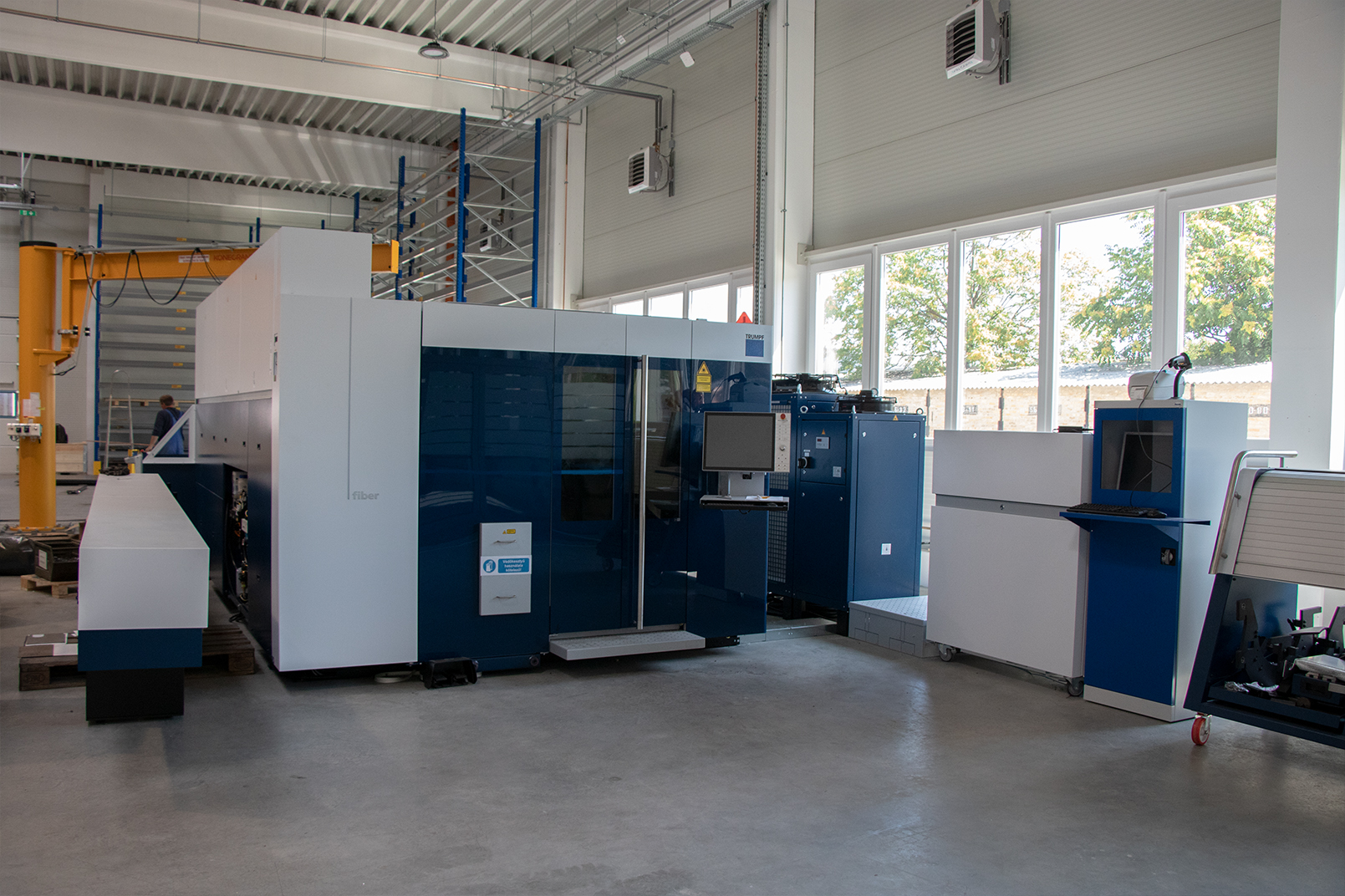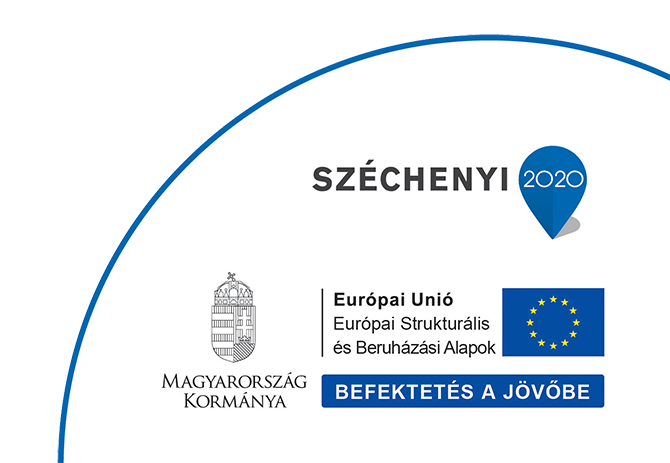One of the most modern and widely used technologies of laser cutting today is the manufacture of metal structuresin. The process provides an accurate, fast and economical solution for machining metals of various types and thicknesses. In the article below, we will show you how laser cutting contributes to more efficient production processes and why it has become an essential technology in many areas of industry.

The principle of operation of laser cutting
During laser cutting, a high-power laser beam transmits concentrated energy to the material to be cut. The heat generated by the laser beam melts or evaporates the metal along the designated cut line. The process often uses compressed gas, such as oxygen or nitrogen, to speed up the process, clean the cutting gap, and minimize excessive heat exposure. Procedure is carried out by computer control (CNC), which ensures extreme precision, even for more complex geometries. The cutting thickness and speed may vary depending on the power of the laser machine, the types of laser used (such as carbon dioxide laser or fiber optic laser), and material type and thickness.
What are the advantages of laser cutting in metal structure manufacturing?
Excellent accuracy and quality
One of the most important advantages of laser cutting is its extreme precision. The technology allows parts to be made with minimal tolerances, while keeping the cutting edges smooth and without post-processing. This is especially advantageous for metal parts ready for assembly.
High productivity
Laser cutting offers a fast and efficient solution that significantly reduces production time. Speed is particularly evident in thinner materials, so the technology contributes to optimizing production processes.
Optimization of material use
The thin cutting line used in laser cutting results in minimal material loss. This makes the process more economical, especially in large series production.
Design flexibility
Automated laser cutting systems can cut almost any shape, even the most complex geometries. This flexibility is an important advantage in modern industry, where there is a growing demand for custom-designed components.
Automation and integration
Laser cutting machines can be easily integrated into modern industrial production lines. Thanks to their CNC control, fully automated processes can be realized, which reduces the possibility of human error and increases productivity.
What are the challenges and limitations of laser cutting?
Although laser cutting offers many advantages, there are also certain challenges to face:
- Investment costs: Laser cutting machines require a high initial investment, which can be difficult for smaller companies.
- Material thickness limitations: For thicker metals, the process may be slower or an alternative technology (such as plasma cutting) must be used.
- Require special expertise: The operation of laser cutting systems requires trained professionals who are able to properly calibrate machines and deal with potential problems.
Areas of application in metal structure manufacturing
Laser cutting has become a key technology in many areas of metal structure manufacturing. Here are some of them:
- Production of steel structures: High-quality production of bridges, industrial supporting structures and other complex metal components.
- Construction: Production of façade elements, decorative panels and unique design elements.
- Mechanical engineering: Production of various machine parts, enclosures and assemblies for which high precision is essential.
- Automotive: Fast and accurate production of body parts, chassis structures and other precision parts.
What aspects should be considered if you want to entrust laser cutting to a company?
The laser cutting tasks Outsourcing is a serious strategic decision that has a direct impact on production efficiency, cost development and quality of the final product. To choose the right partner, you need to consider aspects that ensure alignment with business goals, meeting deadlines and optimal use of resources.
Professional experience and credibility of the partner
Partner industry experience is critical. A reliable company can provide the results that help maintain competitive advantage.
- Ask for references: It’s a good idea to choose a company that has worked on similar projects before and can back up your work with references.
- Examine your company’s portfolio: Review whether the partner has worked in their industry and can handle the unique requirements of the project.
Technological capacity and innovation
The quality and speed of laser cutting is closely related to the technology used. A partner with a modern fleet of machines can provide faster, more accurate and more cost-effective service.
- Fleet condition: The latest laser technology (e.g. fiber optic laser) results in better results and fewer wastes.
- Capacity and flexibility: It’s a good idea to make sure your company is able to handle high-volume or urgent work if it’s business-essential.
Cost-effectiveness and full transparency
To optimize costs, it is worth paying attention not only to the price, but also to what value the company provides for its price.
- Detailed quotation: The quotation includes all costs (material purchase, delivery, rework).
- Long-term economy: Consider how your partner contributes to optimizing production processes and reducing errors.
Quality assurance and compliance with standards
Quality is key, especially when components or products have to meet strict industry standards.
- Quality management: Appropriate quality assurance systems (e.g. ISO 9001) are essential.
- Error-free: Make sure the company is able to minimize errors and provide a guarantee for your work.
Flexibility and delivery times
In a business environment, meeting deadlines is critical. A flexible partner can respond quickly to changing needs, such as an urgent order.
- Delivery punctuality: The partner must deliver the products accurately and on time so that the production schedule is not disrupted.
- Project Management: Ask what communication channels are used to track progress and promptly resolve any issues.
Interoperability potential
A long-term, mutually beneficial partnership is much more effective than a series of one-off orders.
- Communication skills: The ideal partner answers questions quickly and clearly and is open to problem solving.
- Flexibility and innovation: A flexible partner can adapt to new needs and help improve production processes.
Concluding thoughts
Laser cutting Metal structure manufacturing It has become an indispensable technology in recent decades. Due to its accuracy, speed and economy, it plays a prominent role in many areas of industry. Although its application requires a significant initial investment, the process increases production efficiency in the long run and opens up new possibilities for modern engineering solutions.
If you are looking for a company with decades of professional experience in metal structure manufacturing, feel free to contact us. Our company ranges from laser cutting to through bending to sheet metal processing It is able to offer suitable solutions to its partners in all areas.



